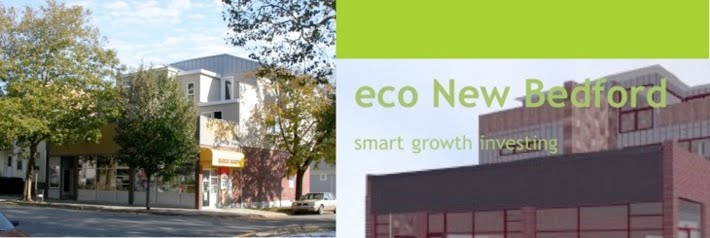effortlessdesign is working to implement the planning objectives of the Coalition for Buzzards Bay (www.savebuzzardsbay.org) and the New Bedford Economic Development Council (www.nbedc.org), and they look forward to future collaborations of strengthening the community with a range of local organizations. Think globally, act locally, and decide to prosper in the New Year!


effortlessdesign is striving to strengthen the Brock Ave neighborhood while practicing green planning principles. Green construction techniques have been implemented, and thinking on a regional scale means that this urban-infill project makes use of mass transit and increases density in an exiting neighborhood with existing infrastructure. Mixed-use planning expands housing stock and improves the quality of commercial space available on Brock Avenue.
Fresh property development revitalizes the community. This section of New Bedford has solid traditional housing stock. The spacious, modern residential units being added above the existing commercial spaces offer a new alternative choice in the charming neighborhood. This project is more than an average infill project, it has the potential to put this block of Brock Ave on the map. New Bedford natives who know what their city offers after living in New York, Providence or Boston will appreciate the edgy design of the residential condos that lend flare and sex appeal to living here.
On one hand this project embodies a humble ambition to strengthen an existing building in a neighborhood that is still up and coming, and yet it creates high design for the rest of us. Making good design accessible to everyone is a core value for effortlessdesign where they use opportunity and efficiency as their guides.
Here at Brock Ave, Carol Fisher and Antonio Pina have not only made good design accessible in a modest community, they have chosen to invest in New Bedford and source building materials from local suppliers to strengthen community and keep revenue in the community. They kept the Quick Mart open to the neighborhood during construction. effortlessdesign is committed to the growth and development of New Bedford and approaches the Brock Avenue project as a model for other SmartGrowth projects in New Bedford.
The new commercial spaces will become a center for the local community and your suggestions for types of tenants for the commercial spaces will help in starting new business. Please vote on the side bar!








